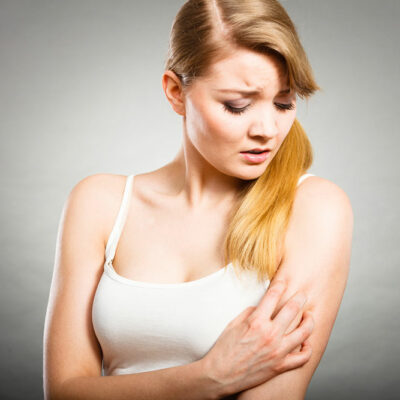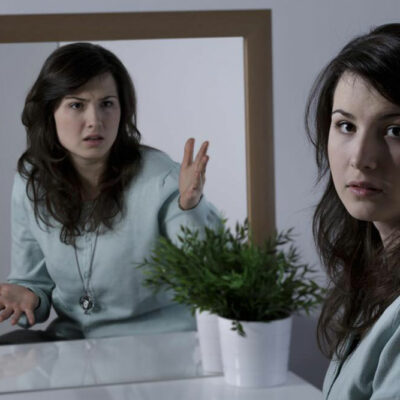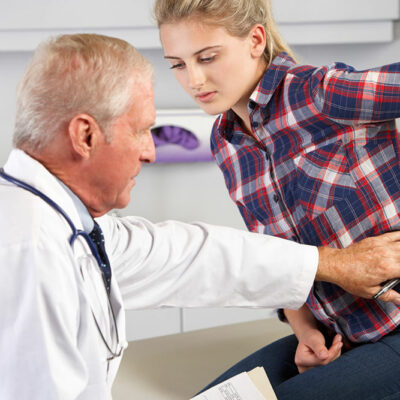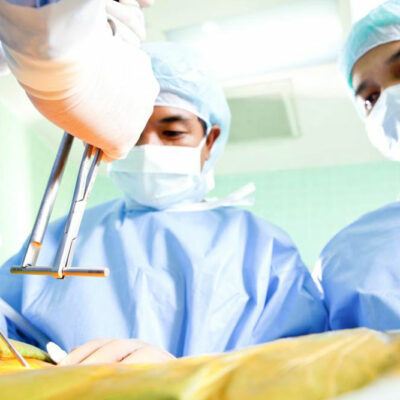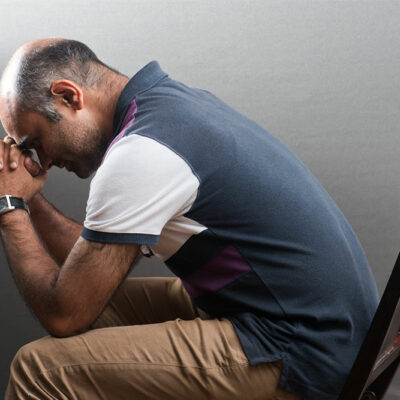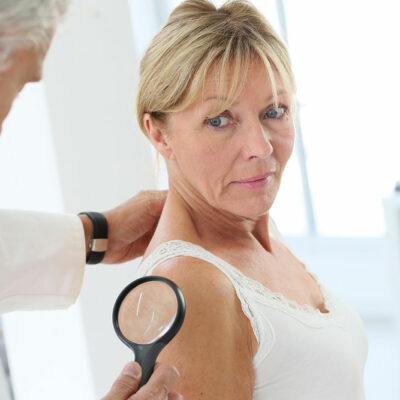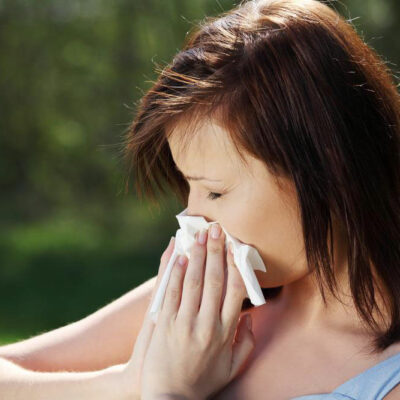
Signs & Symptoms
A Guide to Dust Mite Allergy and its Symptoms
Have you ever imagined that a bug that is not visible to the naked eye could cause serious allergic reactions? Dust mites that can only be seen through a microscope can cause allergies that may even lead to breathing difficulties! Belonging to the tick and spider family, dust mites can be found in warm and humid environments. Common places at home where these mites thrive are bedding, soft toys, upholsteries, and carpeting. These microscopic creatures feed on dead skin. On an average, around one and a half grams of skin is shed every day by an adult human. This is the best food for dust mites. A runny nose and sneezing fits are common dust mite allergy symptoms. Long-term exposure to these mites may result in asthma and sinus infections. What is a Dust Mite Allergy? Dust mites survive in any type of climate and almost any altitude. These are microscopic bugs that thrive in humid conditions and feed on the dead skin that shed by humans. As many as 20 million people in the country are affected by dust mite allergy. When people are exposed to the waste products of dust mites, the immune system is triggered. As a result, antibodies are produced against normal, harmless substances.
